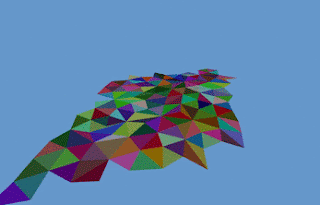SHENZHEN IO is eating my brain!
I am loving Shenzen IO at the moment. I am also incredibly annoyed with Shenzen IO at the moment. It makes me feel like a real electronics engineer in the same way that Guitar Hero makes me feel like I'm a real guitarist. It's almost certainly nothing like the real thing, and yet... It is SO COMPELLING. I just want to tweak that circuit, or have a stab at the next puzzle, but each puzzle takes me AGES. I have never been one to stick at puzzle games before, but the rigid logic of it makes it certain that failure is my fault, not the game author's. Somehow this makes failure stir even more determination in me and it's near impossible to break away!

